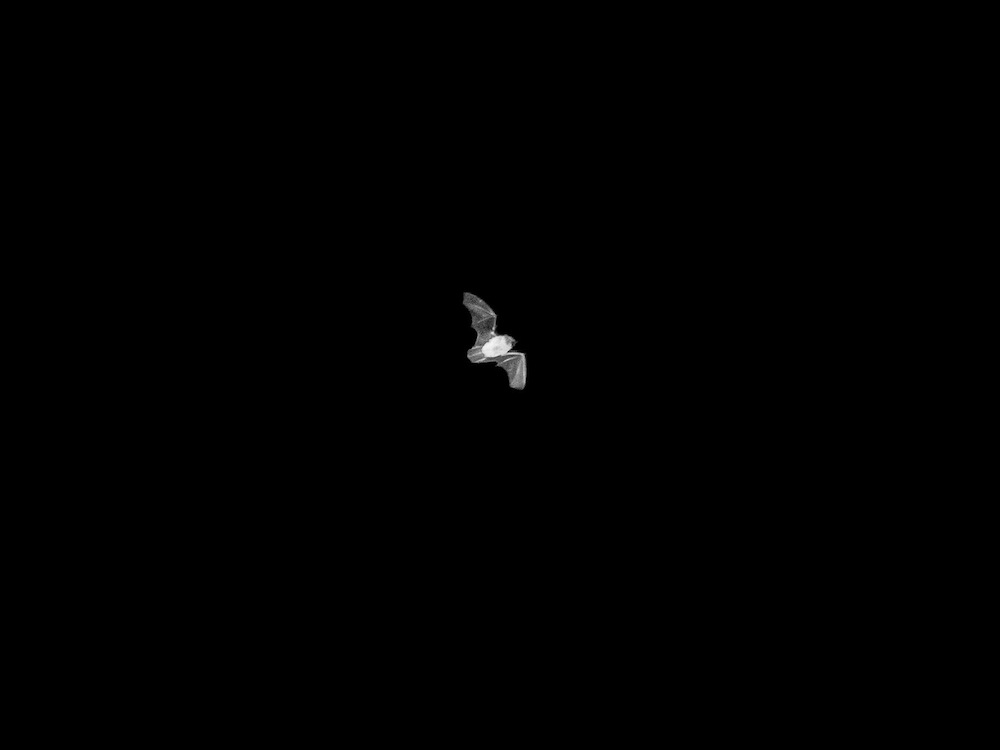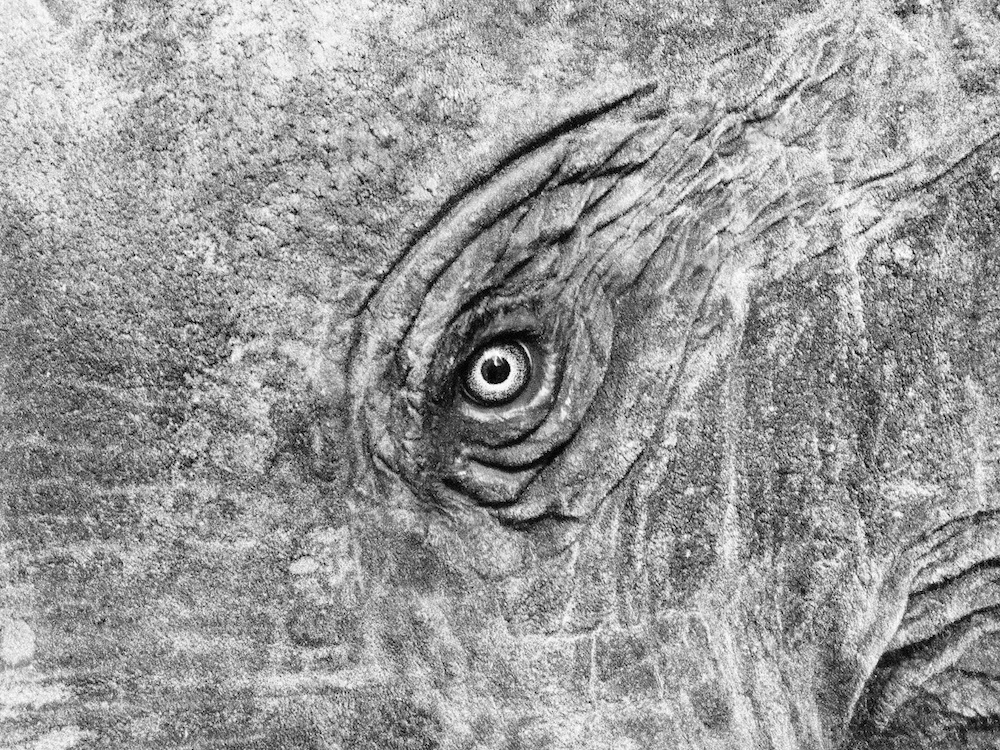Swedish photographer Mårten Lange is of that rare breed of people to whom you can give a camera and, no matter what he takes a picture of – be it a shower curtain, a puddle or a cavity in a rock – he’ll make it look so great it'll give you goosebumps. I could reel off a whole list of adjectives to describe his work, like "inspiring", "universal", "sentimental", "larger-than-life", blah-blah-blah, da-da-da, but what’s the point when you can just admire the photos above and make up your own mind?
Mårten’s work has been exhibited all over the world and published in numerous books, zines, mags and blogs. He also used to run his own photo book publishing company called Farewell Books. He recently moved to London and his new book Another Language was just released, so he sent me a few images, which I liked so much I had to call him up for a chat.
VICE: Hi Mårten. The book looks great.
Mårten Lange: Thanks. I’ve worked on this book for a long time and now it’s finally ready. I shot hundreds of pictures over the course of a year and a half, but only 59 ended up in the book. It’s been a long process of editing, choosing materials and the cover and so on.
VICE: Hi Mårten. The book looks great.
Mårten Lange: Thanks. I’ve worked on this book for a long time and now it’s finally ready. I shot hundreds of pictures over the course of a year and a half, but only 59 ended up in the book. It’s been a long process of editing, choosing materials and the cover and so on.
Advertisement

Flipping through it makes me wonder how the hell you took a lot of these pictures, the one of the whirlpool, for example. Did you just happen to come across it or was it planned?
Most of the images I just happened to come across. The whirlpool, however, demanded meticulous planning. It’s shot at a tidal power plant in the north of France and I had to study low and high tide time charts and satellite images to calculate exactly where to stand at what time in order to get the best shot.
Aside from the whirlpool, which image was the most difficult to take?
The image of the bat, because bats move so fast and are only out when it’s dark, so they’re hard to capture.
How do you get ideas like, ”I want to photograph a whirlpool and a bat”?
I don’t know. I write all these lists of things I want to take pictures of. I guess you could say I’m a collector. Taking pictures is my way of collecting specimens and phenomena, of arranging the world into some sort of a visual system. I only photograph one thing at a time and I approach my subjects as if they were in a museum glass display. The book is also a form of list; images of the stuff I’ve found. I had a long list of things I wanted to photograph for it, like a lightning, a jellyfish and a whirlpool. I went out and searched for them, and when I took the picture I crossed them off the list. I didn’t find everything, though.


What didn’t you find?
There are no frogs in the book, which I’m a bit disappointed about. I mean, they’re pretty easy to find but I just didn’t get the time to photograph any. There are also no comets, and no octopus either. Maybe I’ll be able to add those in the second edition.
How did you find your photography style?
Looking into a camera and seeing a frame and then a cross inside it, enabling you to set the focus, has always encouraged a certain type of aesthetics for me – framing an item in the middle of the image. It’s a bit like picking it up from reality and putting it in your pocket. I’ve worked in that way for quite a while. Another Language was shot in a different way to my previous projects, which were shot with big and heavy cameras. I eventually grew tired of that and bought a small digital camera to travel with and ended up taking lots of pictures with it. At first, I didn’t know why I was taking these images and where it was heading, but then I started showing them to people and they pointed out that there were a lot of recurring nature themes I hadn’t noticed before.
There are no frogs in the book, which I’m a bit disappointed about. I mean, they’re pretty easy to find but I just didn’t get the time to photograph any. There are also no comets, and no octopus either. Maybe I’ll be able to add those in the second edition.
How did you find your photography style?
Looking into a camera and seeing a frame and then a cross inside it, enabling you to set the focus, has always encouraged a certain type of aesthetics for me – framing an item in the middle of the image. It’s a bit like picking it up from reality and putting it in your pocket. I’ve worked in that way for quite a while. Another Language was shot in a different way to my previous projects, which were shot with big and heavy cameras. I eventually grew tired of that and bought a small digital camera to travel with and ended up taking lots of pictures with it. At first, I didn’t know why I was taking these images and where it was heading, but then I started showing them to people and they pointed out that there were a lot of recurring nature themes I hadn’t noticed before.
Advertisement
What was the first picture you ever took?
I think it was of a snail. Thinking about it, when I got my first camera when I was eight, I was always in the garden taking pictures. Now, with this book, I finally went for that interest I have in nature.
How did you get into photography?
My granddad was a hobby photographer and had a darkroom in his garage. I hung out a lot with him and got to use all his big cameras. I was mainly interested in the technical aspects of photography at first and it wasn’t until much later that I started caring about the actual content. Why should people buy your book?
If they like my work but can’t afford to buy a print, the book is a piece of art in itself. Thanks Mårten, see you tonight!You can buy Another Language here.Follow Milene on Twitter: @MilenelarssonMore on photographers we are really into:More stuff about photographers we like:Per Englund Likes to Spy on People in Their CarsSameet Sharma Helps Us Remember Our Puke-Covered RootsSean Vegezzi Photographs Secret New York
I think it was of a snail. Thinking about it, when I got my first camera when I was eight, I was always in the garden taking pictures. Now, with this book, I finally went for that interest I have in nature.
How did you get into photography?
My granddad was a hobby photographer and had a darkroom in his garage. I hung out a lot with him and got to use all his big cameras. I was mainly interested in the technical aspects of photography at first and it wasn’t until much later that I started caring about the actual content. Why should people buy your book?
If they like my work but can’t afford to buy a print, the book is a piece of art in itself. Thanks Mårten, see you tonight!You can buy Another Language here.Follow Milene on Twitter: @MilenelarssonMore on photographers we are really into:More stuff about photographers we like:Per Englund Likes to Spy on People in Their CarsSameet Sharma Helps Us Remember Our Puke-Covered RootsSean Vegezzi Photographs Secret New York
